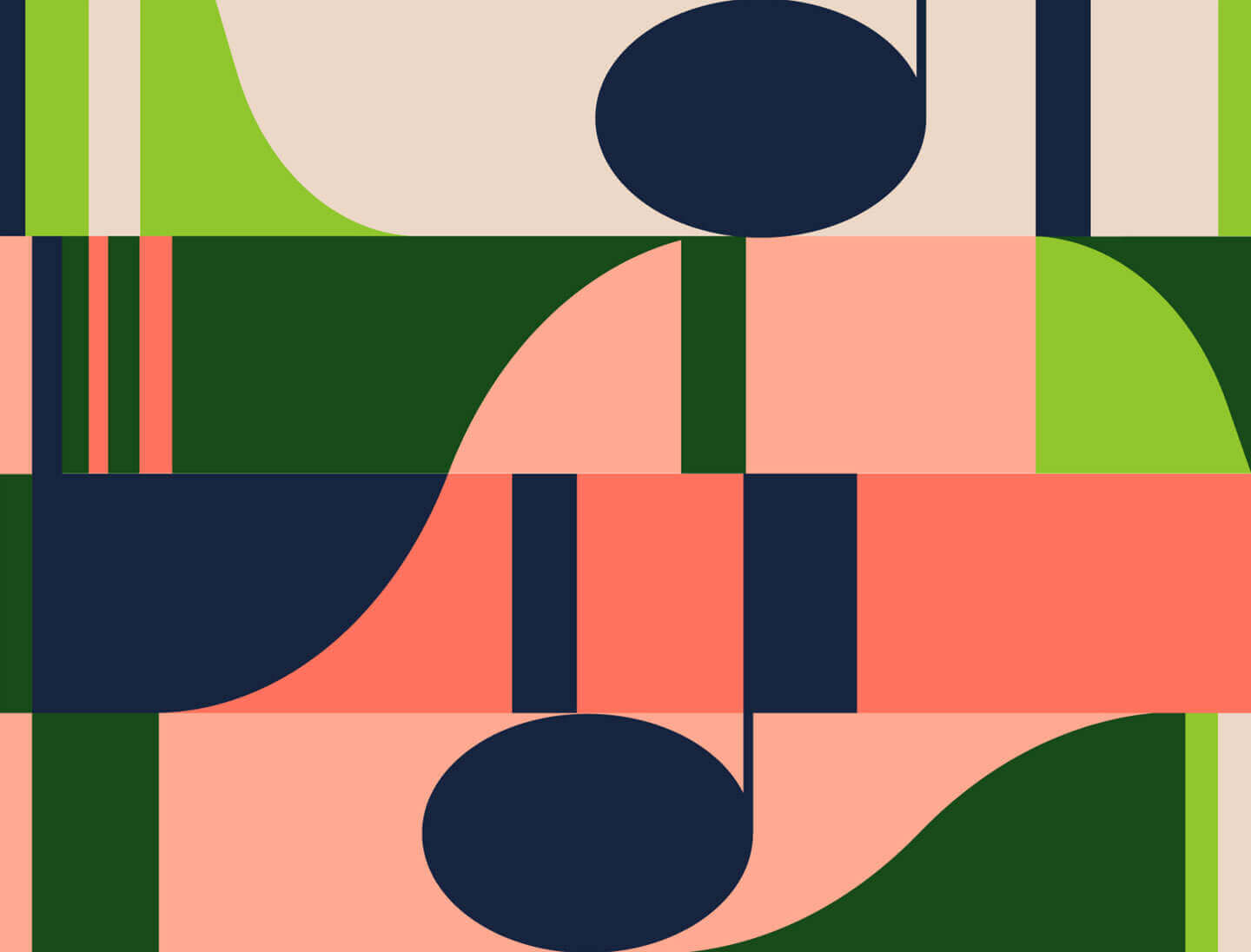January 11th, 2022 • Music Education
10 Ways to Practice…WITHOUT Touching Your Instrument!
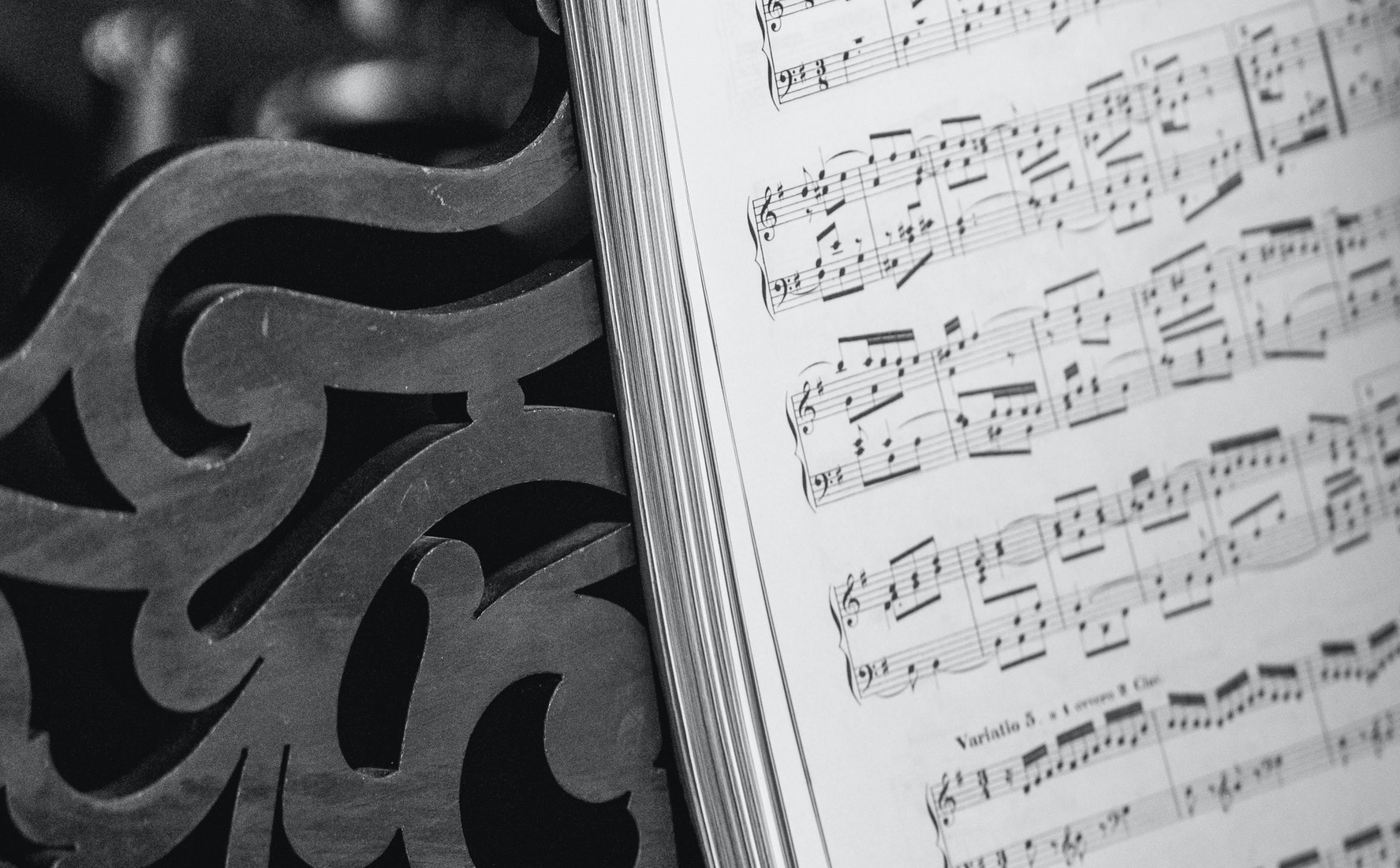
Happy New Year, Conservatory community! The beginning of a brand new year is the time so many of us are looking to set new goals, challenge ourselves in new ways, and possibly looking to create some healthy, consistent habits that can positively impact our lives in the upcoming months. For musicians, start of a new year is also a particularly great time to re-evaluate your practice routine, pruning away the habits that aren’t serving your growth and improvement and challenging yourself with new, fresh approaches.
But what about when you need/want to practice and you don’t have your instrument with you? Most people would give up and say “I guess I’ll do it tomorrow!”
What if we told you there are ways to practice WITHOUT even touching your instrument? Keep reading to find out how!
ACTIVE listening
Just casually listening to music is good, but have you tried active listening? Active listening is when you take a recording of a piece you’re working on, whether it is a large ensemble piece or a solo work, and listening (sometimes with the score/part in front of you) with no distractions. Allowing your brain to fully focus on the music instead of scrolling through social media or worrying about something you have to do next week allows your brain to make unique connections that you might not otherwise make when you’re also focusing on the physical aspect of practicing and playing your instrument. Active listening is your chance to hear how your part fits into the larger ensemble, how your instrument interacts with the accompaniment in a sonata, or how another instrument answers or echoes your part’s melodic idea in chamber music. Active listening is also a great opportunity to explore different musical interpretations, such as a soloist’s phrasing and articulation choices or a conductor’s tempi throughout a symphonic work.
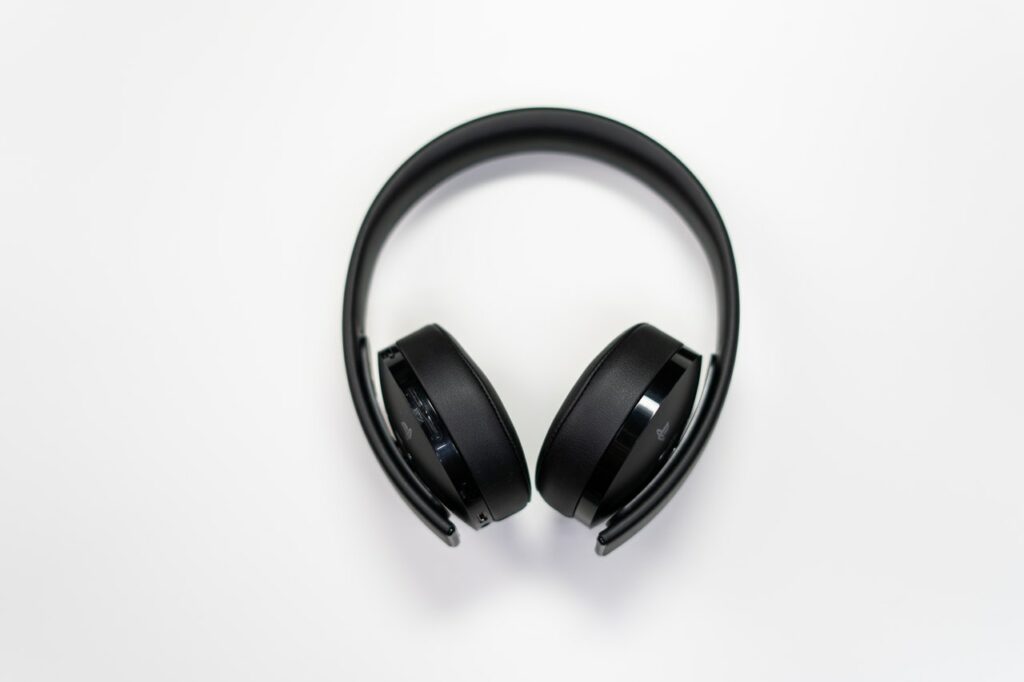
Singing/clapping your part
You may have heard a phrase along the lines of “if you can sing it, you can play it” from your teacher at some point…and it’s true! If you’re struggling with a tricky rhythm, interval, or melodic idea, can’t figure out how your part interacts with another instrument, etc., singing or clapping through your music can be a great way to straighten out your brain’s understanding of a tricky technique or passage before trying to do it on the instrument itself.
Research
Spend some time researching your repertoire! This is a great way to develop a deeper and more well-rounded understanding of the music you’re playing, not to mention it is so interesting and fun to explore! Whether you’re digging deeper into the life of the composer, the composer’s important influences, significant historical events/context, or the history of instruments at the time the piece was written, you’ll find tons of articles and resources available online with just a simple google search! Check out this cool background info on a Chopin sketch, accessed through the Library of Congress Digital Collection/Moldenhauer Archives:
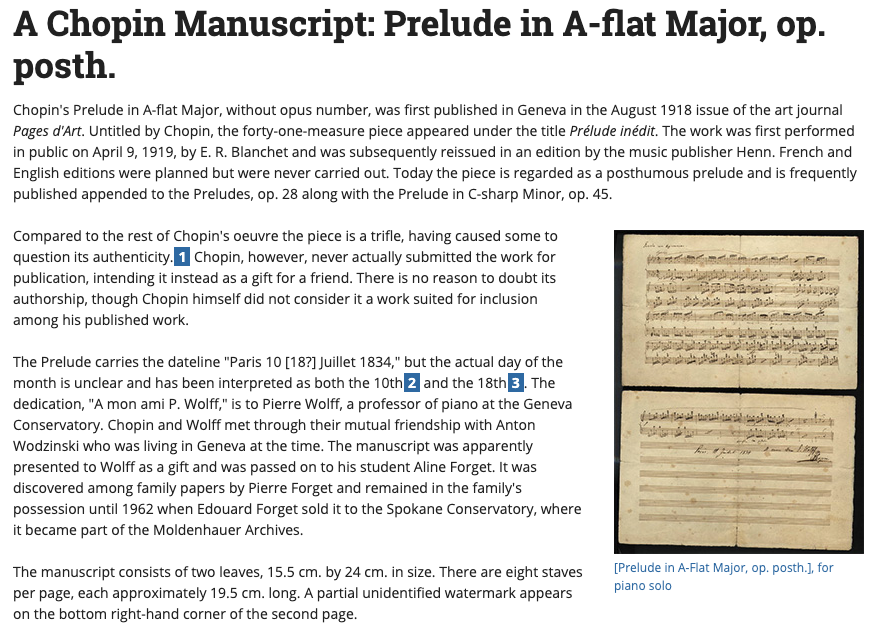
Record your lessons/performances and listen back
Self-study and critique is a very useful tool for any musician! The next time you have a performance or lesson, bring along a recording device like a cell phone and record it (make sure to ask your teacher’s permission first!) Later, just listening back to or watching your practice session or lesson can further solidify ideas or techniques for your brain, but it can be even more helpful to sit down with a pen and paper and take notes. What you liked, what you didn’t like, or even jotting down a helpful tip from your teacher so you can reference it later.
Visual Aids
Make a separate copy of your music that can serve as a fun and engaging visual project! Add reminders throughout, but not the sort of reminders that are technical like fingerings or articulations. Use pens, crayons, paint, stickers, and other supplies to highlight moods throughout a piece, the tone color you want to portray, etc. You could even make colorful notes to remind yourself to breathe or relax during a passage you normally tense up during, draw a picture to visualize what’s happening in the music, or highlight a passage that you want to be more mindful of when you come across it. The possibilities are endless!
Score study
Score study is an essential tool to understanding your repertoire even more deeply! It is a well-known fact that our brains remember things better when we’ve visually seen them, so take advantage of this tip to work on memorization, noticing small details (such as the composer’s instructions throughout a piece), or physically seeing how your part interacts with another instrument’s or section’s. For young students, this is an excellent opportunity to do a “scavenger hunt” for interesting musical tidbits such as key signatures, time signatures, accidentals, and dynamic markings, or to begin practicing recognition of commonly-used foreign language musical terms like “allegro” or “staccato.”
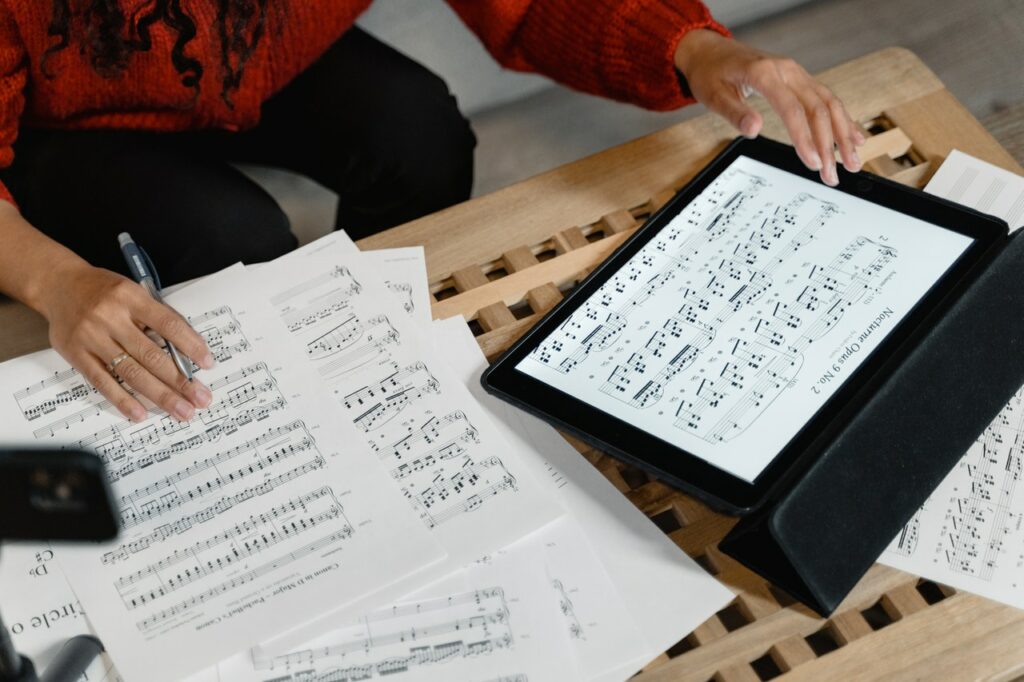
Stretching/yoga
With no need for special equipment or more than a few minutes, a physically and mentally calming activity like stretching or yoga is a great way to prioritize your physical health as a practice tool! Musicians are like marathoners, often facing challenges that have to do with the asymmetrical use of our bodies, consistent repetitive motion, and not to mention mentally pushing our brains to memorize and physically emulate an incredibly detailed task. Concentration and awareness, overall physical awareness, balance, levels of stress/nervousness, postural alignment, and much more are greatly affected by regular stretching/yoga practice! Try making this a habit of your daily practice routine and include it in your practice plan.

Analysis
For more advanced students, working through an in-depth analysis of any score is a fantastic use of time away from your instrument. Harmonic and formal analyses, for example, are a great way to familiarize yourself with the underlying “building blocks” of the music you’re learning, helping you understand the foundational elements and relationship between notes and parts within a piece. Analysis skills like these are necessary to being successful in many collegiate music theory courses—thus, beginning this habit sooner than later helps you in the long run if you decide to study music in college. Websites like www.teoria.com or www.musictheory.net are a great resource for getting started with the basics of analytical technique!

Planning your future practice sessions
The preparation for efficient and fruitful practice sessions are about as important as the practicing itself! Sitting down to practice without a plan is like throwing a bunch of random ingredients in a bowl and expecting cupcakes to magically appear…never practice (or make cupcakes) without a plan! Try sitting down one day every week for 10-15 minutes and writing out a thoughtful plan for your practice sessions each day for the coming week. Write down how many minutes you will designate to your stretching, warmup, technical exercises/etudes, repertoire work, excerpts, etc. Then, use a timer to hold yourself accountable to the time allotments, and move on to your next practice task when the timer beeps. If you need help with creating a practice plan, ask your teacher – you can even find fun practice planner templates like this one from TakeWingPaperCo on Etsy!

Rest
Believe it or not, REST is just as important to your body and brain learning to play an instrument or sing as the time you spend in the practice room. Not only is rest important to helping avoid overuse injury, resting is an essential tool for your brain to learn and remember what you just practiced! Research finds that cognitive function is diminished when the body and mind are lacking rest and sleep, meaning that things like attention span, reaction time, and overall mental/emotional health are negatively affected when we don’t rest. Musicians, like athletes, are disciplined and require long hours of practice and training. Athletes, however, have trainers that recommend regular rest days for the body to recuperate from activity—and it is during those rest days that athletes are reaping benefits of their training prior. In our opinion, musicians are just small muscle athletes, needing the same rest time to refresh our bodies and minds!
Remember, being able to blend your mental image of a piece with the physical choreography necessary to bring it to “life” with your instrument is a challenge unique to musicians—try incorporating some of these tips into your practice regimen to continue developing your “whole” musicianship!
